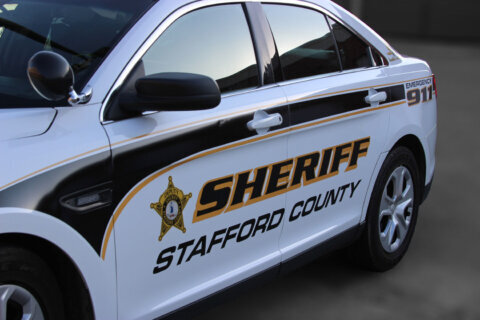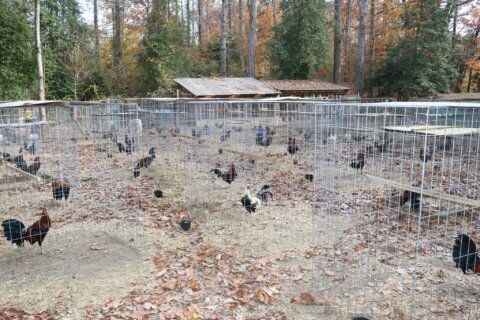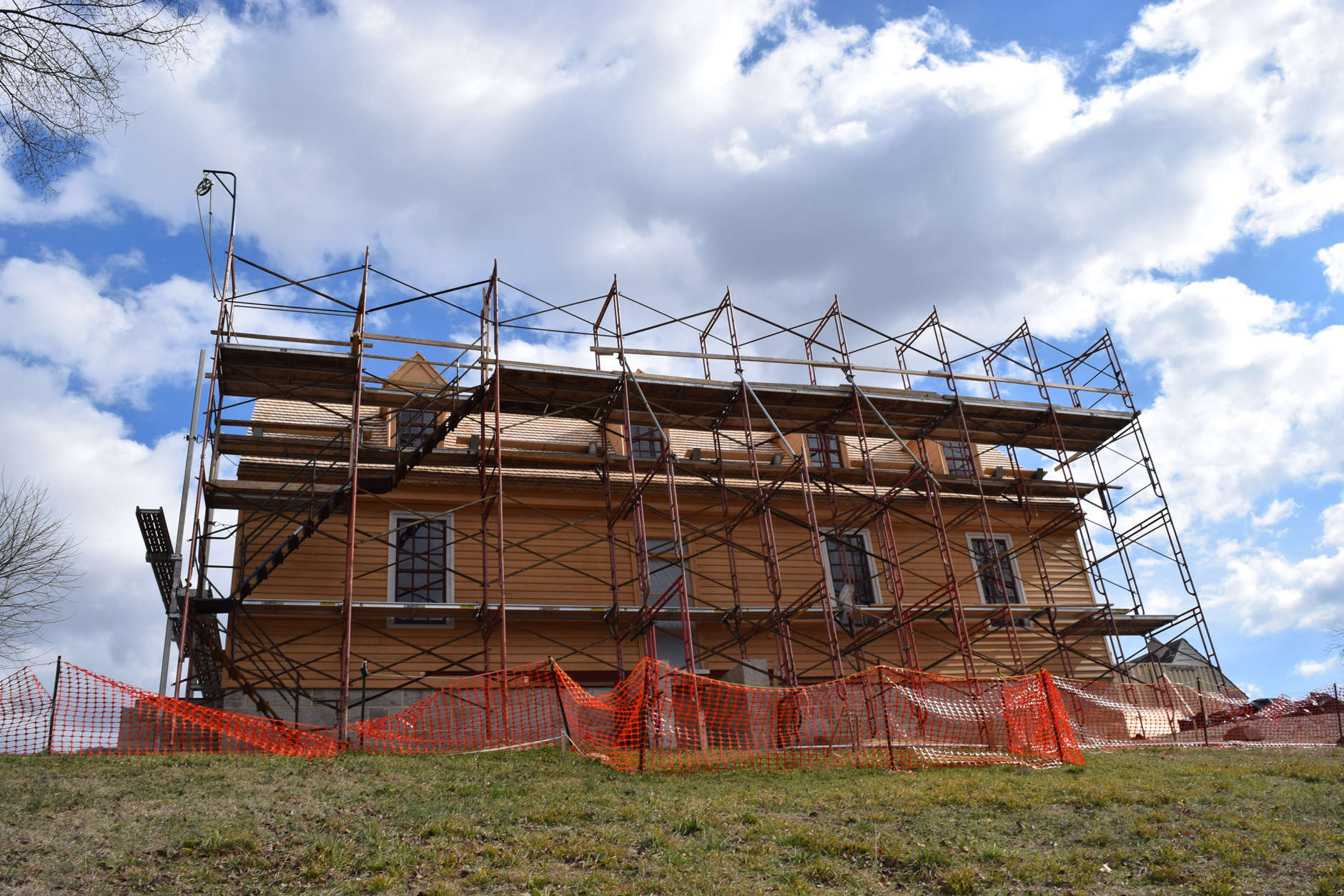
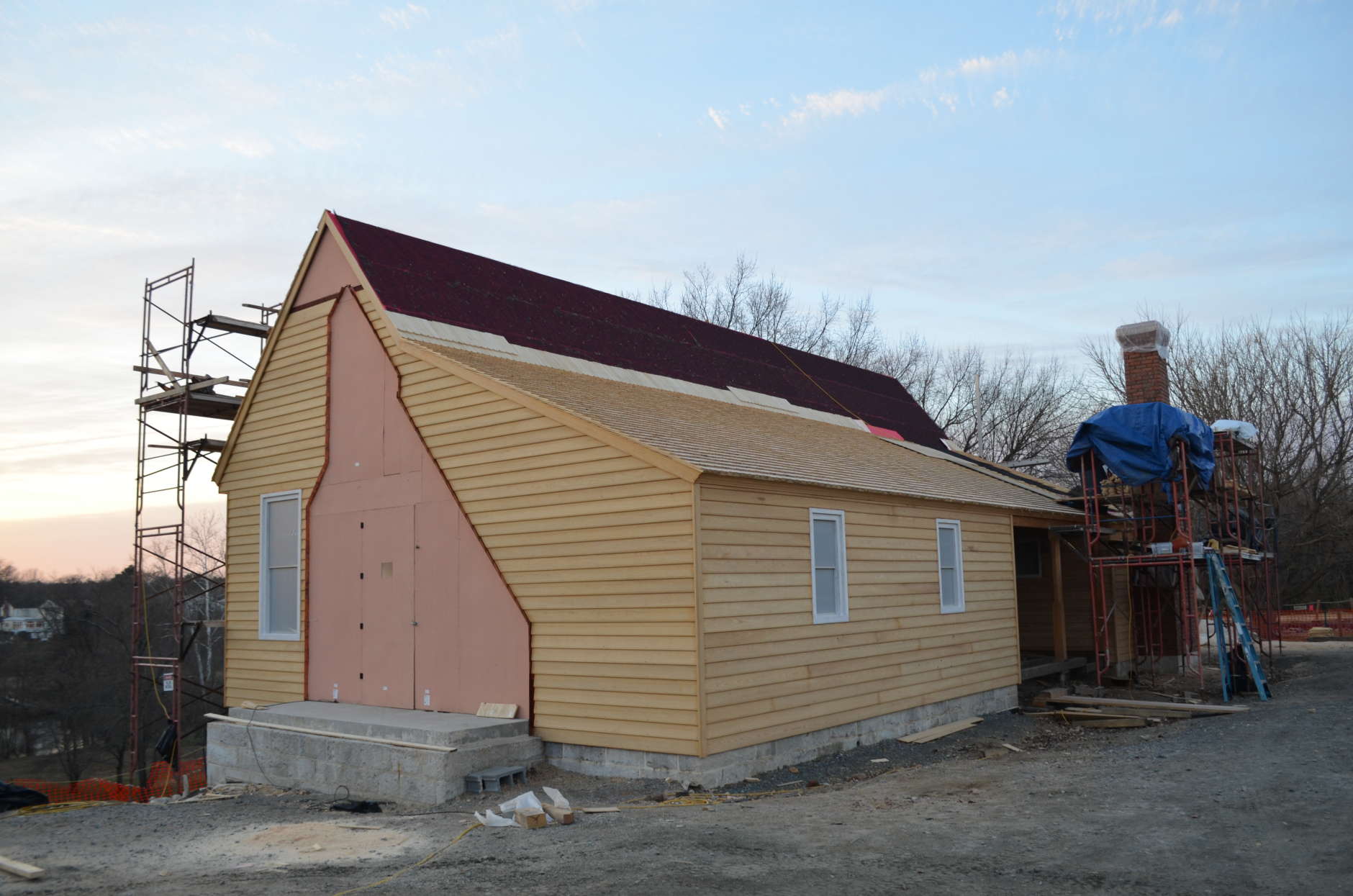
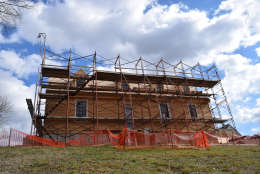
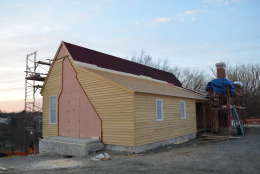
WASHINGTON — We know a lot about George Washington after he moved to Mount Vernon, but not much is known about his childhood.
On Monday, Presidents Day visitors between 10 a.m. and 4 p.m. will be able to see an unfinished replica of Washington’s boyhood home. Admission to Ferry Farm on Monday is free.
The replica home is on the same footprint where the Washington family home originally stood in southern Stafford on the bank of the Rappahannock River, near Kings Highway and Route 3.
“We have a replica of the Washington house going up on the landscape as we speak,” said Dave Muraca, director of archaeology at Ferry Farm, in an interview.
The site of the Washington family home was almost lost to development.
Muraca said people had been trying to save the site for the last hundred years, but it was not until development was seriously threatened that the site was rescued and preserved.
In 1995, the land was almost sold to Wal-Mart but after a huge public outcry the deal was taken off the table.
Finally, in 2008, archaeologists announced they had found the remains of the home.
“The main centerpiece, the archaeological centerpiece of the building, was a stone-lined cellar that was mostly intact and that was filled with Washington artifacts — great stuff,” Muraca said.
Little is known about this early part of Washington’s life, and since this site was saved from development and preserved, archaeologists are piecing together more and more of our first president’s young history.
Washington, his siblings and parents, Augustine and Mary, moved to what we know as Ferry Farm in 1738. At that time, it was referred to as the Washington Farm Home. He was six years old and lived there until he was 22. At that time, he moved to Mt. Vernon.
George Washington’s father died when he was 11.
Muraca said they were able to piece together what the home looked like, what material the rooms were made of and even what the plaster looked like based on the actual archaeological remains, paintings of the home, a description of someone that lived in the house, as well as a probate inventory of the names of the rooms and what kind of goods were in them.
“It was called the Washington Farm Home. It isn’t called Ferry Farm until the 19th century, and that’s because there’s a ferry that attaches from it to the town of Fredericksburg across the Rappahannock,” Muraca said.
He also said that the Rappahannock was much larger at the time, but the Army Corps of Engineers narrowed the river in the 1870s and dredged it.
“So in the 18th century, ships from England could sail all the way to Fredericksburg without switching into smaller ships,” Muraca said.
Muraca does not have an exact date when the home will open, but he said that by next year, tours should be underway.
Ferry Farm is a National History Landmark.


